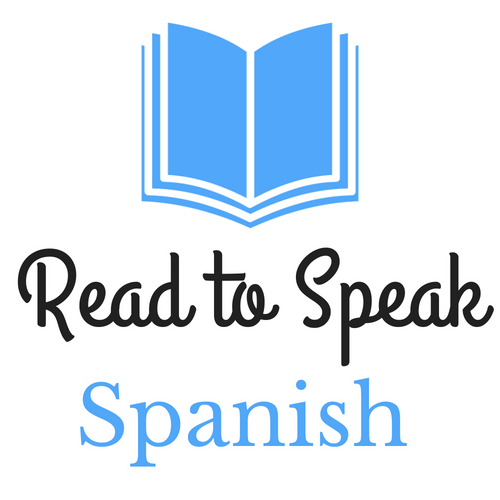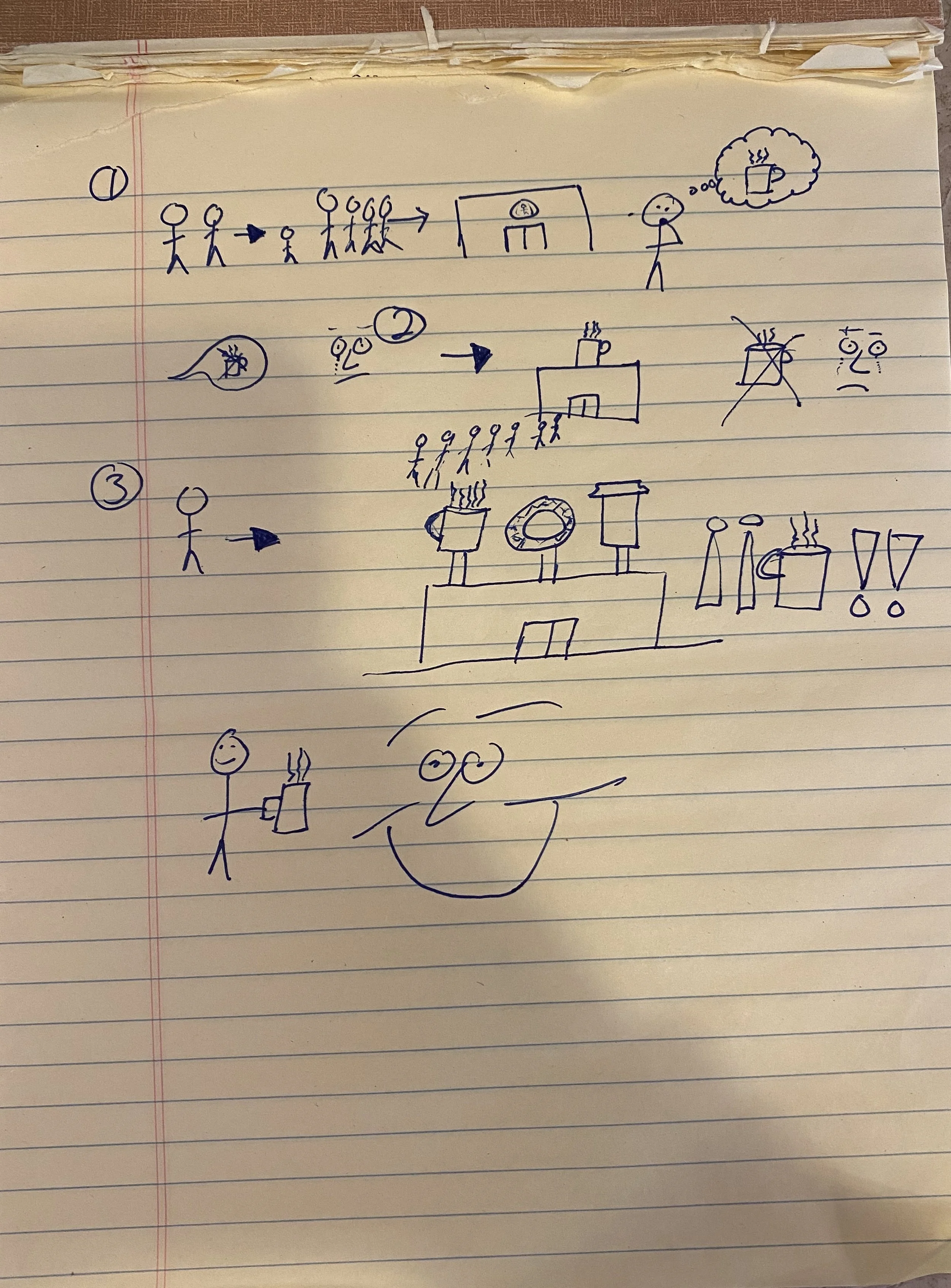A major difference between adult Spanish learners and small children acquiring their first language is the children get only one form of input: listening. Since it is difficult for the brain to break up linguistic input into individual words when the language is acoustic, children often pick it up in chunks as they hear and interact with the language. In a natural and subconscious way, subjects go with verbs, certain phrases go together, nouns and adjectives are often grouped, and so on. As you are picking up Spanish, look to take advantage of chunking as one of your acquisition strategies.
Learning chunks of Spanish is an efficient use of your time that will allow you speak naturally. Also, eating chunks of chocolate is pleasurable.
Many people focus on memorizing individual words via flashcards or lists of vocabulary. While a few may succeed this way, most will give up out of frustration. Instead of trying to memorize individual words, give your brain more context. It takes the same amount of effort to memorize a chunk as it does an individual word. Thus, it is more efficient and takes less effort to learn Spanish in chunks. Consider the following sentences:
Quiero un perro grande.
I want a big dog
Tengo ganas de salir al club.
I feel like going out to the club.
Escribes una composición para la clase de inglés.
You write a composition for English class.
Let’s look at two ways to mentally process the input provided above. The first is broken down by word, and the second is broken into bite-sized chunks Which way seems a better use of time to you?
Individual Words
Quiero
un
perro
grande.
Tengo
ganas
de
salir
al
club.
Escribes
una
composición
para
la
clase
de
inglés.
Now look at the same sentences chunked out.
Chunks
Quiero
un perro grande.
Tengo ganas de
salir al club.
Escribes
una composición
para la clase de inglés.
Your brain will automatically chunk language when you listen, but you can also make a conscious effort to learn chunks, especially when you are a beginning Spanish speaker. If you study this way you will have no problem building a large Spanish vocabulary in no time.
Listening is not the only way to get chunked input. It turns out that reading activates the same language system in the brain as listening . To the brain, there is no difference in terms of which form of input will build your mental model of the language.
Reading in Spanish with a focus on comprehension is a natural way for your brain to subconsciously break the language up into meaningful chunks, much like a child’s brain does as she learns her first language. It takes the emphasis away from individual words and grammar rules and gives your mind a broader context for Spanish.
Read to Speak Spanish.
You Might Also Like
Discover the Joy of Spanish Through Storytelling
Crafted from over a decade of innovative teaching experience, this book offers a fresh and engaging approach to acquiring Spanish. Dive into stories that are not just educational but also entertaining, humorous, and sometimes outright absurd.









